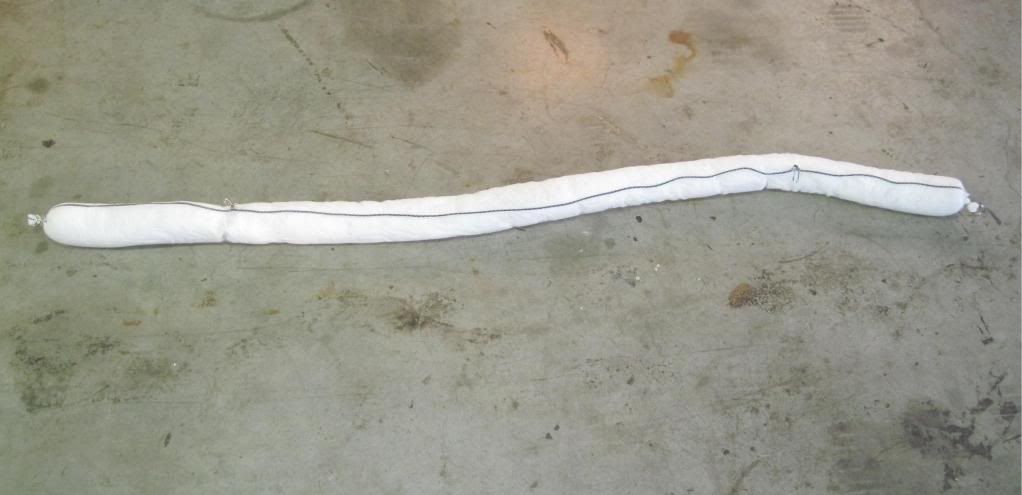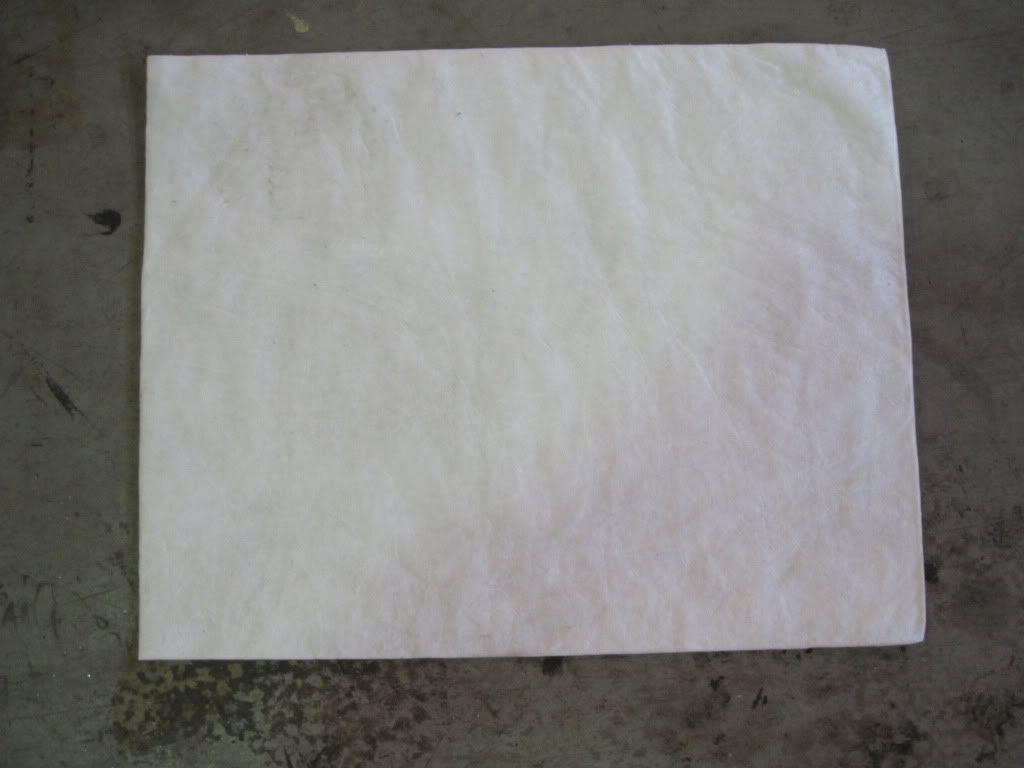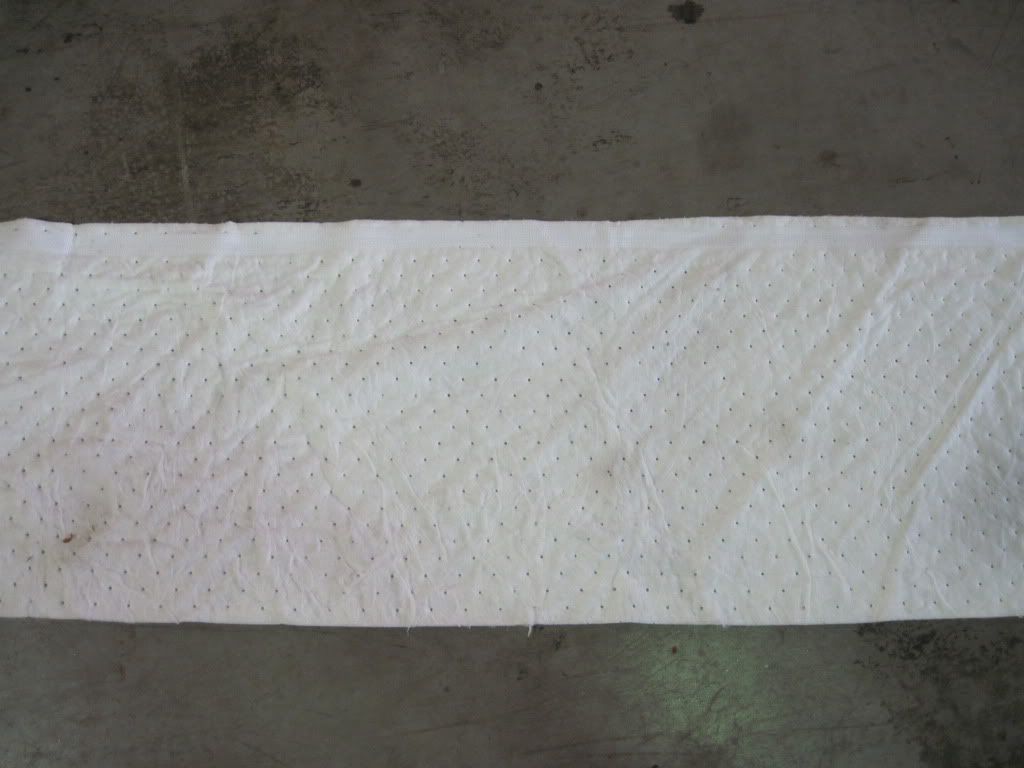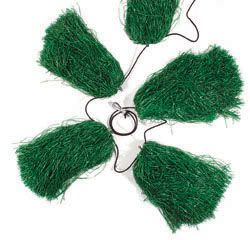Since my freshman year of college I have worked in the environmental contracting world and participated in the cleanup of several oil spills of all sizes but I have never seen anything quite like the Deepwater Horizon spill. Most oil spills have a rough cleanup schedule and a confined area of contamination based on a finite amount of oil released.
This spill does not.
Responders are dealing with an endless supply of sweet crude oil from the bottom of the Gulf of Mexico spread over a massive area with an uncertain cleanup timetable. High level officials involved in the spill are absolutely correct in using terms like “unprecedented” and “uncharted territory” in describing the response to this spill.
Though the spill may be unprecedented the methods and materials being used to remove the oil are not. There are several materials being used to clean the oil spill on land and sea. Here is a quick overview of some of the more mainstream materials:
Product: Containment boom
Cleanup slang: Hard boom

Description: Containment booms are floating barriers that can be utilized to corral oil and keep it from making landfall or contacting marine craft. They’re usually made out of a special nylon fabric or polyester. There are a few styles of containment booms but the ones you’ll see the most during the Deepwater Horizon cleanup are pictured above.
Product: Absorbent boom
Cleanup slang: Soft boom, sausage boom

Description: Absorbent booms are floating tubes of extra absorbent polypropylene surrounded by a fishnet style casing. They connect together just like containment booms to create protective barriers around areas. They won’t sink after absorbing oil but you do have to change them out accordingly. There are different times of absorbent booms for different types of petroleum based products too.
Product: Absorbent pads
Cleanup slang: pads

Description: Absorbent pads are the most basic form of oil spill cleanup materials because they are individual pads and labor intensive. They’re made of several polypropylene layers and have water resistant qualities so the pads only collect petroleum based products. Like absorbent booms there are different types of pads for petroleum based products.
Product: Skimming Sweep
Cleanup slang: sweep

Description: Skimming sweep is very similar to absorbent pads in how it collects oily material. It is made of similar materials and has the same water resistant properties.
Product: Snare
Cleanup slang: pom-poms

Description: At first glance snare looks like a series of pom-poms connected to a long rope but it is really a very useful method to recover oil from water. Snare works very well on heavier oils like six oil and bunker oil. Unlike the pads and sweep, snare is primarily used in water based operations. Snare comes in multiple colors and in some versions the individual pom-poms can collect up to 30 gallons of oil.
Garrett Quinn










































